Explain
A collection of 50 posts
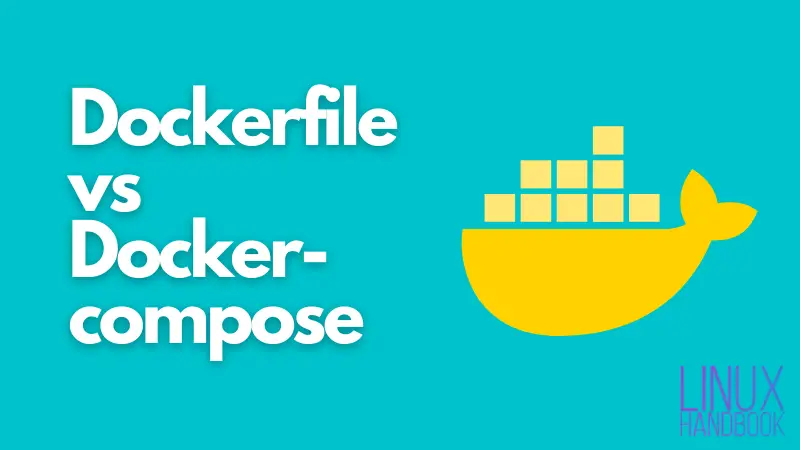
Docker File vs Docker Compose: What's the Difference?
Confused between Dockerfile and docker-compose because they look and sound similar? But they are not. Read this to clear your doubts.
· Debdut Chakraborty
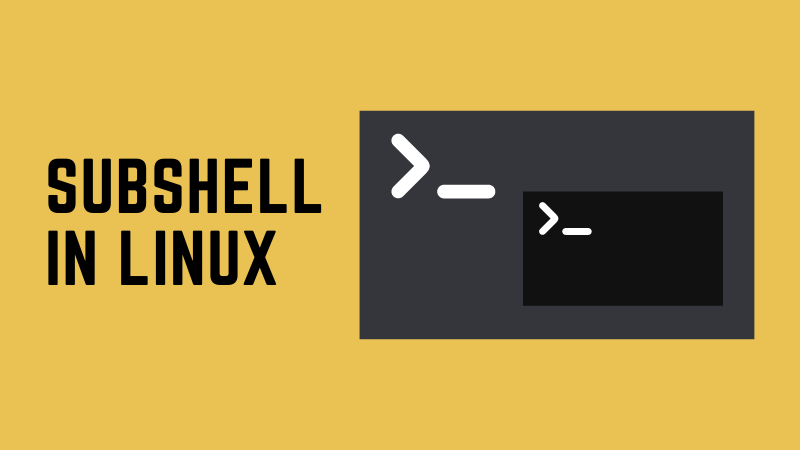
What is Subshell in Linux?
You might have heard that a shell script runs in its own shell. Learn more on the concept of subshell in Linux.
· Abhishek Prakash
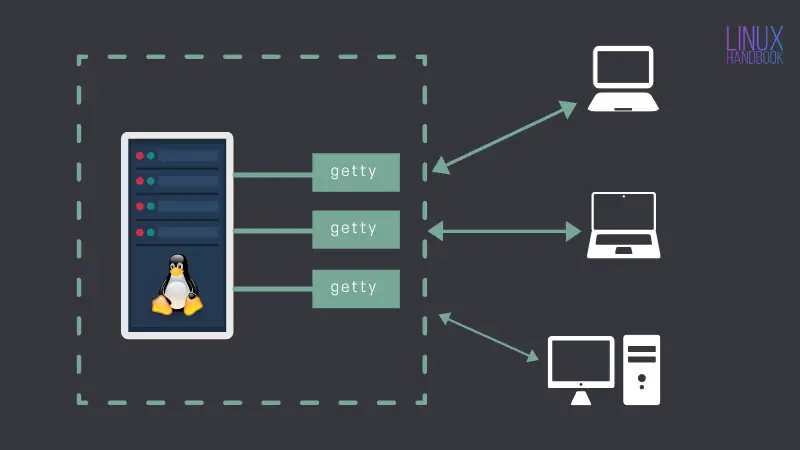
What is Login Shell in Linux?
You probably are aware of the shell in Linux. This is where you enter commands and execute programs. But what is this login shell and how is it different from the regular shell?
· Abhishek Prakash
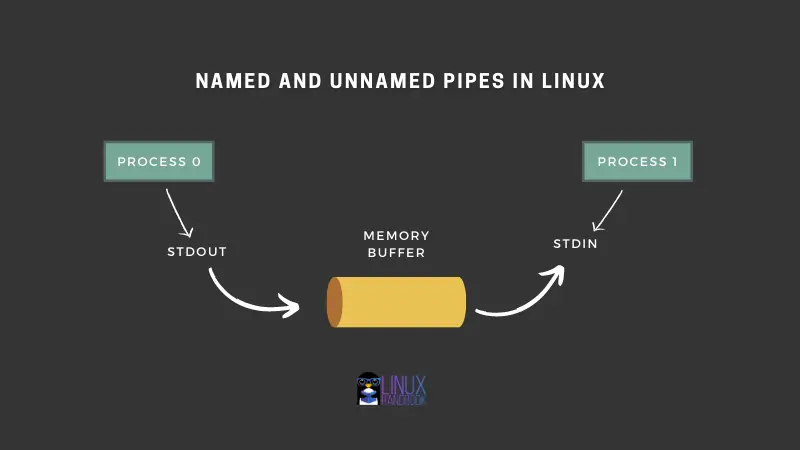
What are Pipes in Linux? How does Pipe Redirection Works?
There are two kinds of pipes in Linux: named and unnamed. Here's a detailed look at pipe redirection.
· Debdut Chakraborty
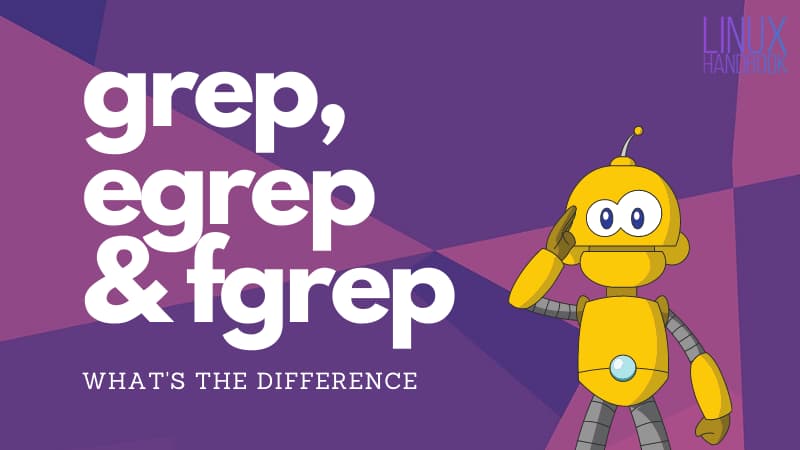
Explained! The Difference Between grep, egrep, and fgrep Commands
grep, egrep, fgrep. They all sound similar. So, what's the difference?
· Christopher Murray
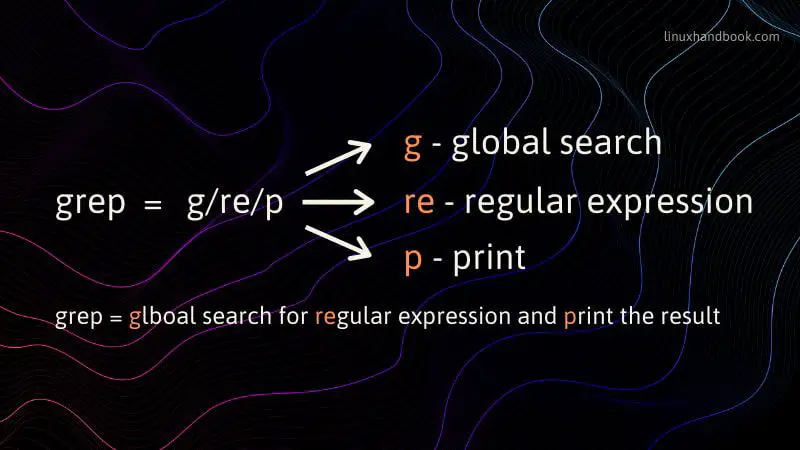
What is Grep Command in Linux? Why is it Used and How Does it Work?
Grep is perhaps one of the most used commands in Linux. Learn why it was created and how it s used in this explainer article.
· Christopher Murray
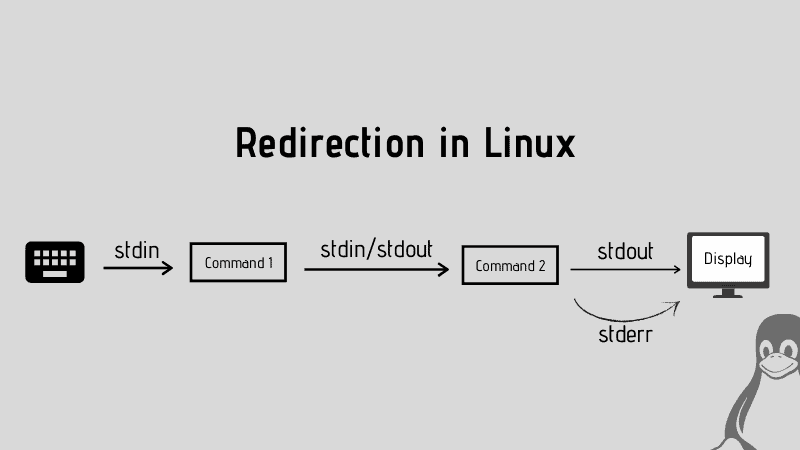
Explained: Input, Output and Error Redirection in Linux
Redirection is an essential concept in Linux. Learn how to use stdin, stdout, stderr and pipe redirection in Linux command line.
· Abhishek Prakash
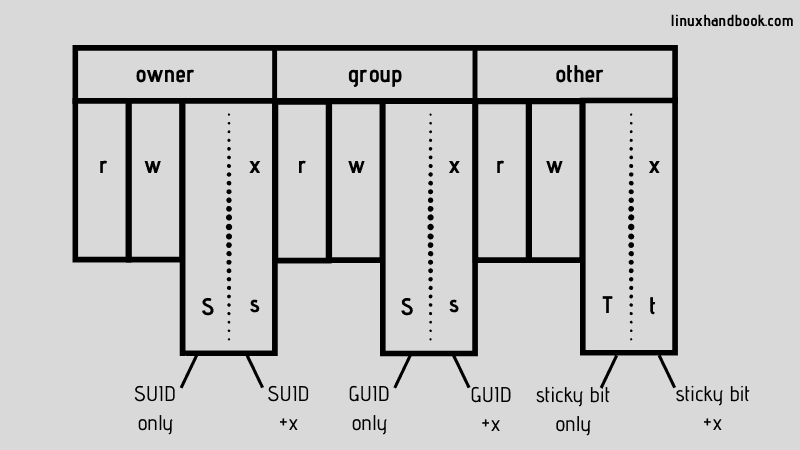
Special File Permissions in Linux: SUID, GUID and Sticky Bit
You see an s instead of x in the file permissions? Linux has some special file permissions called SUID, GUID and Sticky Bit. Know more about them.
· Abhishek Prakash
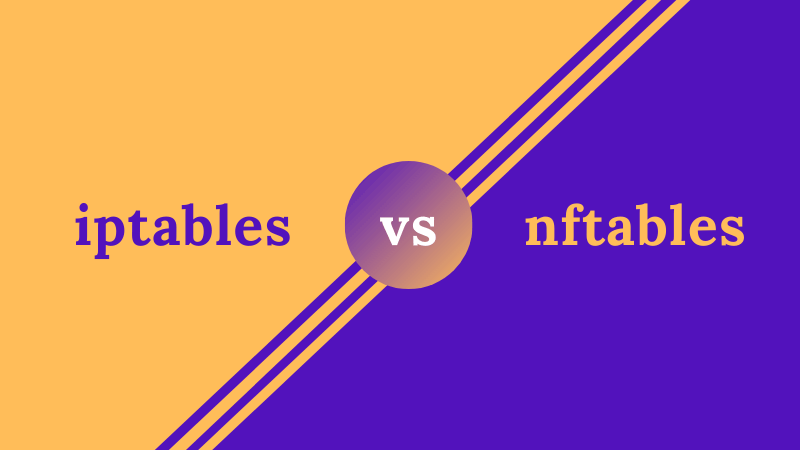
iptables vs nftables: What's the Difference?
For a long time iptables have been a favorite tool for sysadmins. But nftables are recommended these days. Read to find out why.
· Eric Simard
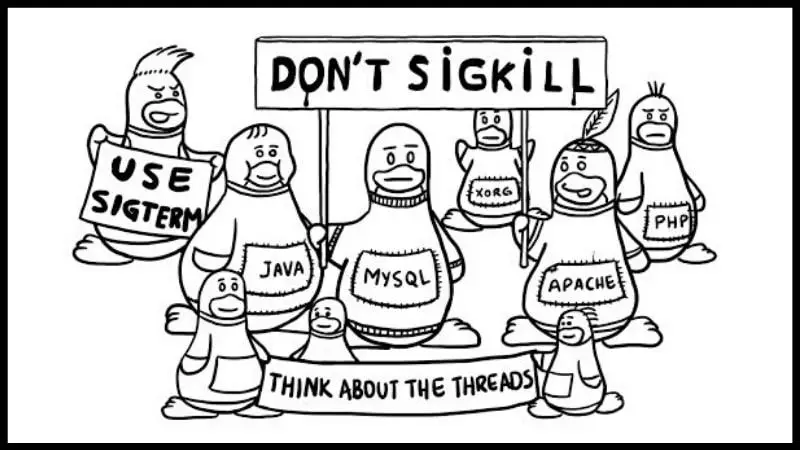
SIGTERM vs SIGKILL: What's the Difference?
Both SIGTERM and SIGKILL are used for killing a process in Linux. But you should prefer using SIGTERM. Here's why!
· Abhishek Prakash
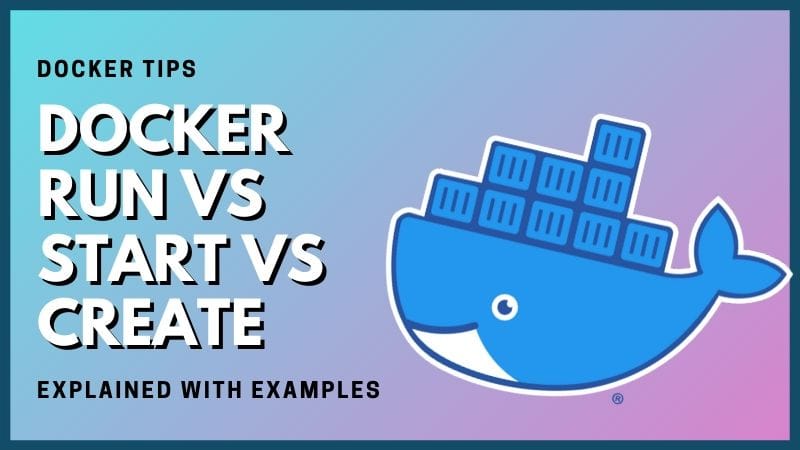
Docker Run vs Start vs Create: Difference Explained
For a docker beginner, terms like docker start, docker run and docker create could be confusing. This article explains the difference with examples.
· Abhishek Prakash

Everything Important You Need to Know About UID in Linux
This Linux Basics guide teaches you everything important associated with UID in Linux.
· Abhishek Prakash

Everything Important You Need to Know About Hard Link in Linux
Learn the concept of hard links in Linux and its association with inodes in this tutorial.
· Abhishek Prakash

What is Symbolic Links in Linux? How to Create Symbolic Links?
This detailed tutorial tells you what are symbolic links, how to create a symbolic links and other important things associated with symlinks.
· Abhishek Prakash
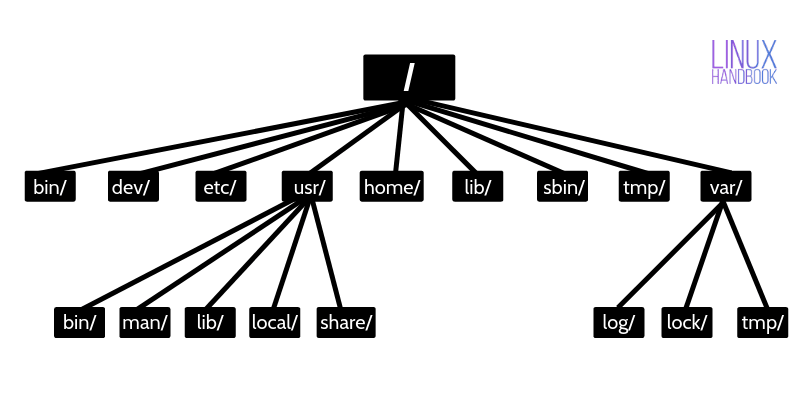
Linux Directory Structure Explained for Beginners
This tutorial explains the Linux directory structure. You'll learn the Linux filesystem hierarchy along with the purpose of the various directories on a Linux system.
· Abhishek Prakash

Everything You Need to Know About inodes in Linux
What is inode in Linux? What is it used for? Why is it important and how to check inode in Linux? This guide explains all the important aspects of inodes.
· Eric Simard
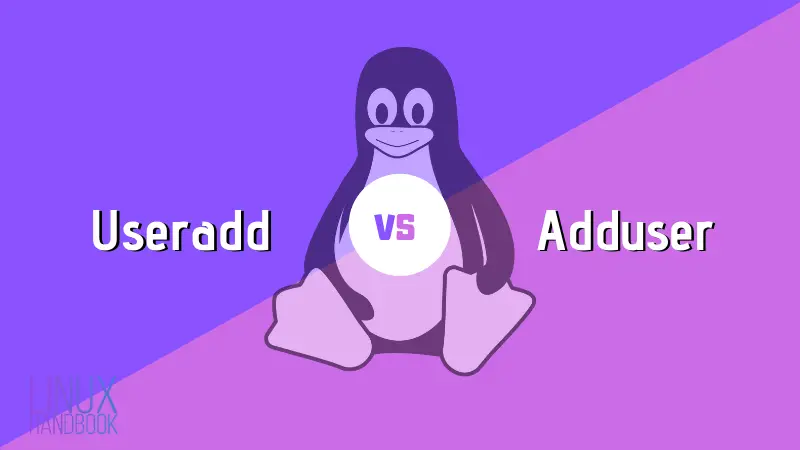
Useradd vs Adduser: What's the Difference?
What is the difference between useradd and adduser commands in Linux? Which one is better and which one should you be using. This article answers all these questions.
· Eric Simard
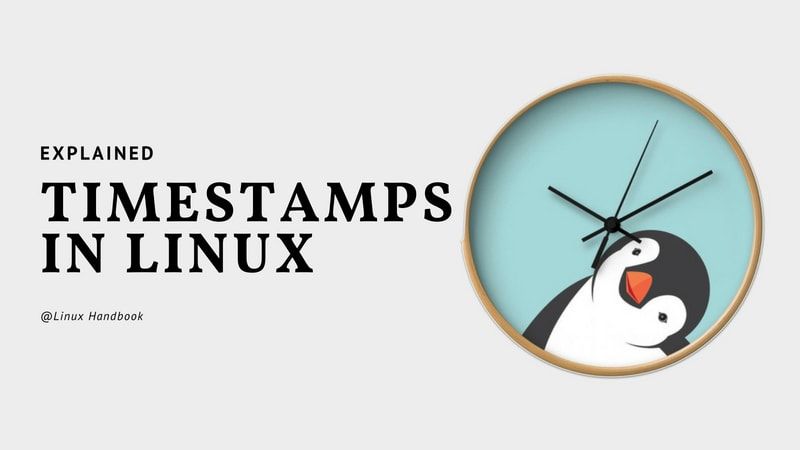
File Timestamps in Linux: atime, mtime, ctime Explained
Let's see what are the various kinds of file timestamps in Linux, how to see the timestamps for a file and how to change the timestamps.
· Abhishek Prakash
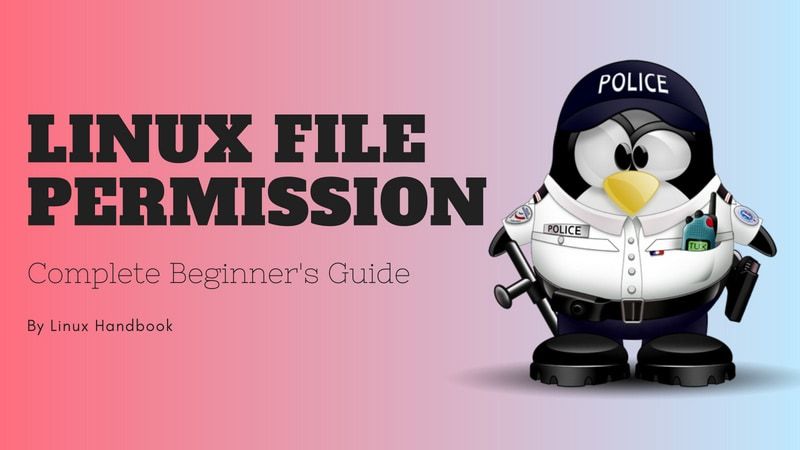
Linux File Permissions and Ownership Explained with Examples
Linux file permissions explained in simpler terms. Also learn how to change the file permissions and ownership in Linux in this detailed beginner's guide.
· Abhishek Prakash
![Complete Sed Command Guide [Explained with Practical Examples]](/content/images/size/w1600/2020/07/sed-reference-guide-1.jpeg)
Complete Sed Command Guide [Explained with Practical Examples]
Sed is a must know command for Linux sysadmins. This detailed guide provides an in-depth look at all the Sed commands and the tool execution model.
· Sylvain Leroux